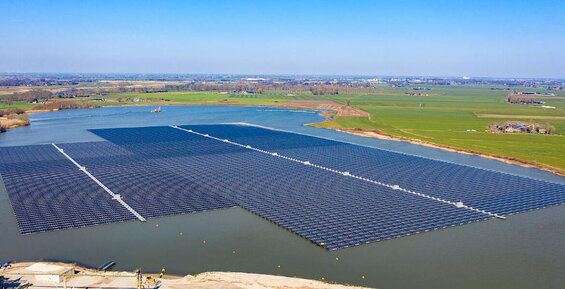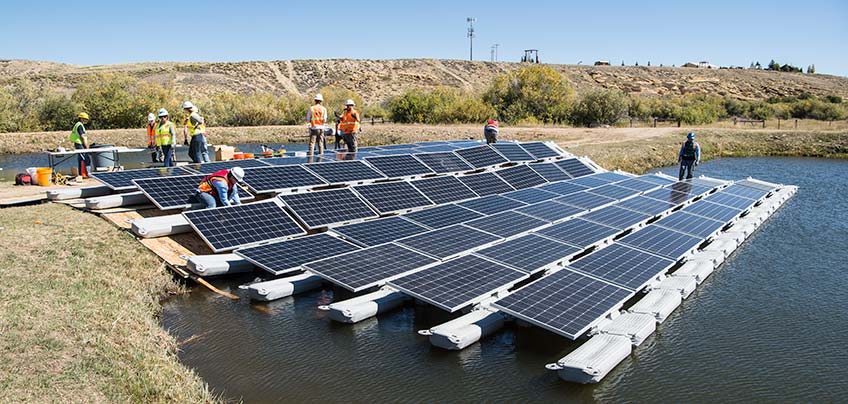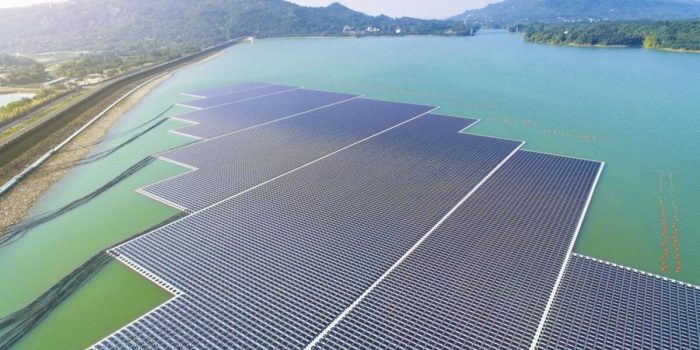Over the past decade, the cost of solar power has drastically declined, making it the most inexpensive source of electricity in much of the world. This reduction in cost has not only led to cheaper power, but also opened the possibility of installing solar panels in areas that would have previously been too expensive, yet still be profitable. One such area is the placement of solar panels above artificial bodies of water, either floating or suspended on cables. This placement reduces the evaporation of water and cools the panels, enabling them to operate more efficiently in warm climates.

A group of researchers has recently conducted a global analysis, revealing its vast potential, finding that even if we limit the installation of floating solar panels to a fraction of the surface of existing reservoirs, it could generate almost 10,000 TeraWatt-hours of electricity per year. This amount is more than 40% of the world’s electricity needs, which is approximately 22,800 TWh. Additionally, it could save over 100 cubic kilometers of water from evaporating, which is a win-win for both energy production and water conservation.
Additional benefit to using floating solar panels on reservoirs is that it allows for the use of already flooded land, without requiring the sacrifice of additional undeveloped areas. While the panels may block some sunlight from reaching the water, they could also help prevent harmful algal blooms in water supplies.

Moreover, many reservoirs are located in close proximity to large population centers and power grids, which makes it easier to transmit the power generated from these solar installations.
The panel coverage should be limited to 30% of the reservoir’s surface area or 30 square kilometers, whichever is lower (referred to as the “30/30 limit”) so as to ensure no adverse effect on the surrounding ecosystems or recreational activities.
The US is the biggest winner in floating solar, with the potential to produce 1,900 TWh under the 30/30 limitations. This would amount to almost half of its annual electricity consumption, which is approximately 3,900 TWh.

The study identified approximately 150 cities with populations over a million that could meet their electricity demands entirely through solar installations on nearby reservoirs. However, effective energy storage and management would still be crucial for these cities to transition fully to renewable energy sources.
Lowering the water temperature is the key to the significant effect that floating solar panels have on water conservation. The panels not only block sunlight but also reduce evaporation by about 45 percent.
This means that the lowered evaporation results in roughly 100 cubic kilometers of water being saved annually, which is sufficient to meet the needs of about 300 million people, especially in countries with high populations and limited water resources, such as Egypt and South Africa.
Despite its potential benefits, floating solar is not expected to reach more than 5 GW of installed capacity globally before 2027, and there are added costs and uncertainties that need to be considered, such as ensuring adequate water supply and limiting the development of previously unoccupied lands.


